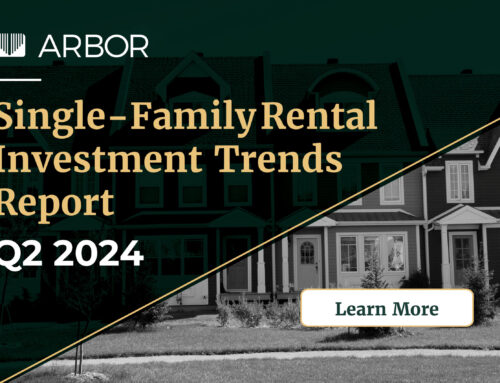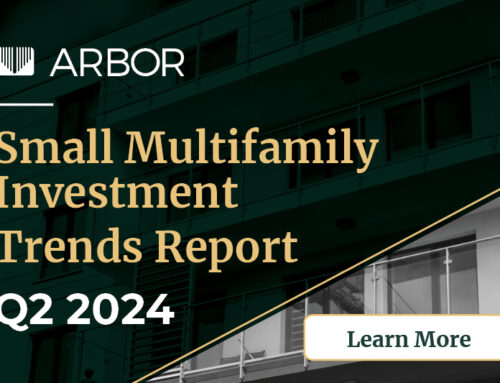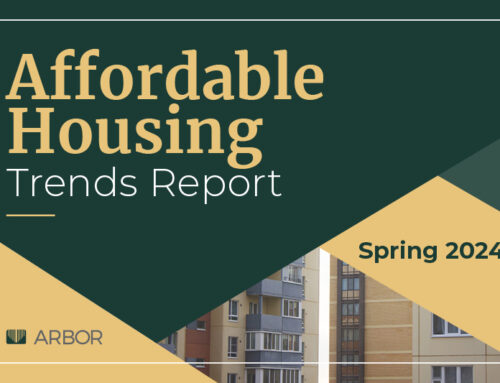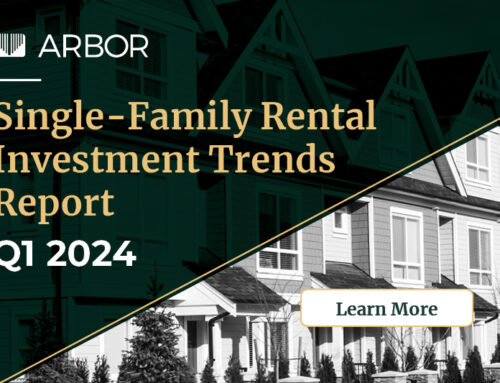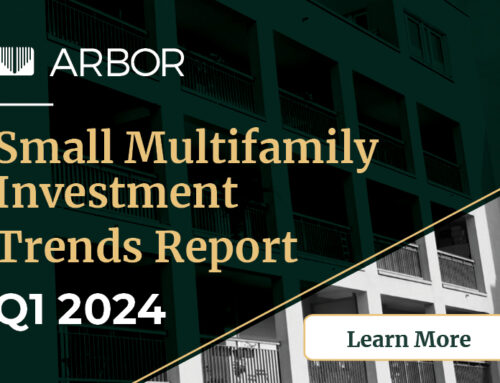This week’s multifamily roundup takes a look at single-family construction, the top markets for the Baby Boomer-Senior segment and green building’s impact on the apartment market. First, NREI reports that apartment developers continue to plan new projects in metros with highly educated labor pools, including cities like Seattle and Boston. Next, NAHB notes that the number of built-for-rent, single-family homes increased in 2018, but the segment remains a small portion of the overall construction market. Arbor’s Chatter blog reveals that as older cohorts like Baby Boomers and Seniors increasingly enter the rental market, several metros are benefitting from the segment’s demand. Then, Bloomberg analyzes how energy improvement efforts have provided cost savings to both property managers and residents. Finally, Real Page observes that out of the top 50 U.S. markets, Charlotte is expected to have the most inventory growth this year, totaling 4.1%.
Multifamily Developers Continue to Target Cities with Highly Educated Workforces
NREI – March 14
“Areas with 50% to 60% of the population being college educated experienced a 22% increase in new apartment units.”
Single-Family Built-for-Rent Construction Posts Gain in 2018
NAHB – March 13
“The market share of single-family homes built-for-rent, as measured on a one-year moving average, stood at 4.9% of single-family starts as of the final quarter of 2018.”
Top Rental Markets for the Baby Boomer-Senior Segment
Arbor Chatter – March 12
“A mix of lower real estate costs, a reduced need for space and lifestyle flexibility have made renting appealing to those in the Boomer-Senior segment.”
Green Buildings Saved Renters $72M, Fannie Mae Says
Bloomberg – March 12
“On average, renters saved about $145 per year. Across 200,000 buildings, landlords saved $33 million on utility costs.”
Charlotte Leads for Scheduled Inventory Growth in 2019
Real Page – March 13, 2019
“The market is projected to grow its inventory 4.1% this year, a rate that strides slightly behind its 2018 growth pace of 4.3%, which ranked #2 nationally.”



